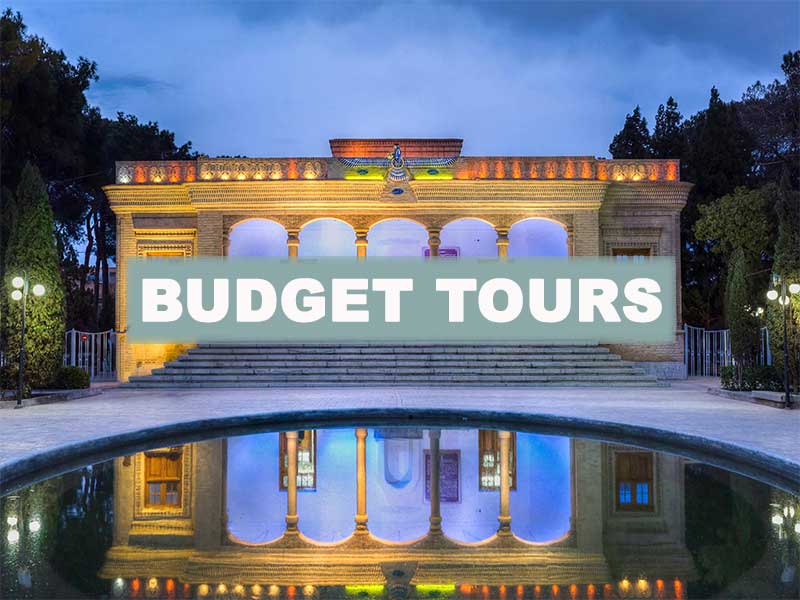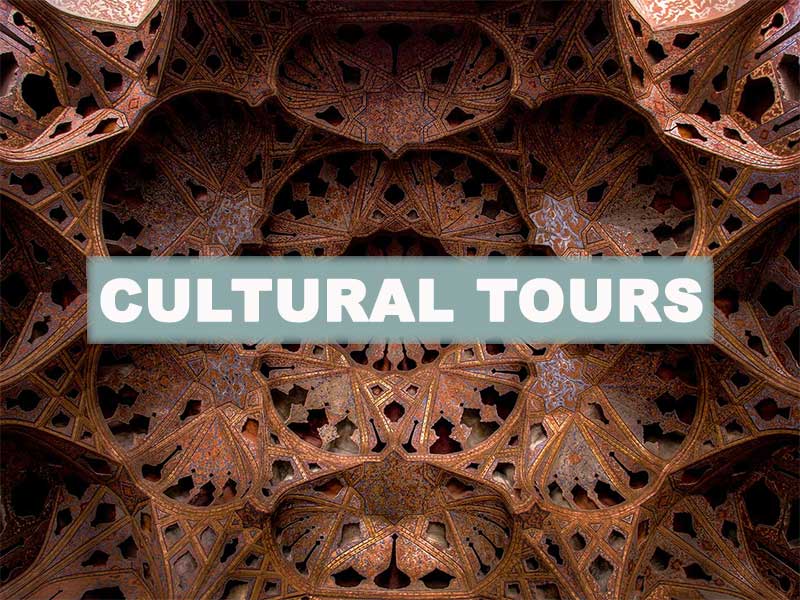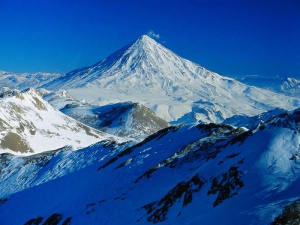Iran’s bazaars are world-renowned for their vibrant atmosphere, rich history, and unique shopping experiences. From the bustling alleys of Tehran’s Grand Bazaar to the winding streets of Isfahan’s Naqsh-e Jahan Bazaar, Iran’s bazaars offer a window into the country’s rich cultural heritage and an opportunity to discover its artisanal traditions.
A Brief History of Iran’s Bazaars
Bazaars have been a part of Iranian culture for centuries, with the oldest bazaars dating back to the Achaemenid Empire in the 6th century BCE. Throughout history, bazaars have served as important gathering places for local communities, where people could socialize, trade goods, and exchange ideas.
During the Islamic Golden Age, which lasted from the 8th to the 14th centuries, bazaars flourished across the Muslim world, including in Iran. Many of Iran’s most famous bazaars were built during this period, and continue to be important cultural and economic centers to this day.
Shopping in Iran’s Bazaars
Iran’s bazaars are a shopper’s paradise, offering a wide range of goods, from textiles and spices to jewelry and handicrafts. Each bazaar has its unique character and specialties, making them an ideal place to find one-of-a-kind souvenirs and gifts.
One of the must-visit bazaars in Shiraz is the Vakil Bazaar. Located in the historical district of Shiraz, the Vakil Bazaar is an impressive complex of interconnected markets, shops, and arcades that dates back to the 11th century. The bazaar is renowned for its high-quality handicrafts, including Persian carpets, textiles, and ceramics, as well as its traditional spices, nuts, and sweets.
The Grand Bazaar of Tehran, which is one of the largest and most famous bazaars in the world, offers visitors an unparalleled shopping experience. The bazaar covers an area of over 10 hectares and is home to over 10,000 shops, selling everything from traditional Persian carpets and textiles to modern electronics and designer clothing.
Another must-visit bazaar in Iran is the Ghaisarieh Bazaar in Isfahan. Situated in the heart of the city’s historic center, the bazaar is known for its stunning architecture, intricate tilework, and high-quality handicrafts, including traditional Persian miniatures and illuminated manuscripts.
Exploring Iran’s Cultural Heritage
In addition to being premier shopping destinations, Iran’s bazaars are also important cultural and historical sites. Many of the bazaars are located in historic city centers, surrounded by mosques, palaces, and other architectural wonders.
For example, the Vakil Bazaar in Shiraz is located in the heart of the city’s historic district, adjacent to the famous Vakil Mosque and Bath. The bazaar is renowned for its beautiful architecture, with vaulted ceilings, domes, and intricate tilework. The bazaar is also an important cultural site, showcasing traditional Persian handicrafts and offering a glimpse into the city’s rich history.
The bazaar of Tabriz, which is a UNESCO World Heritage Site, is no exception. In addition to its shops and stalls, the bazaar is home to several important historic buildings, including the Tabriz Historic Bazaar Complex, which includes the Blue Mosque, the Constitutional Revolution House, and several caravanserais. The bazaar’s magnificent brick domes, intricate tilework, and beautiful courtyards are a testament to the city’s rich architectural heritage.
The bazaar of Yazd, located in central Iran, is one of the oldest bazaars in the country and is known for its traditional handicrafts, including pottery and textiles.
Last Word
Iran’s bazaars are a testament to the country’s rich cultural heritage and its enduring artistic traditions. Whether you’re a shopaholic looking for unique souvenirs or a history buff interested in exploring Iran’s architectural wonders, Iran’s bazaars have something to offer everyone.
From the Vakil Bazaar in Shiraz to the Grand Bazaar of Tehran and the Naqsh-e Jahan Bazaar in Isfahan, these vibrant markets are not just places to shop, but also important cultural and historical sites that provide a glimpse into Iran’s rich past and present. So the next time you’re in Iran, be sure to visit one of its many bazaars and immerse yourself in the country’s vibrant and colorful world of shopping and culture. Take part in our guided tours to Iran’s vibrant bazaars, providing you a nice visit with a deeper understanding of the bazaars’ history and architecture.
Let us know your ideas and comments about this article in the comment box below, we will be happy to hear from you!






Leave A Comment